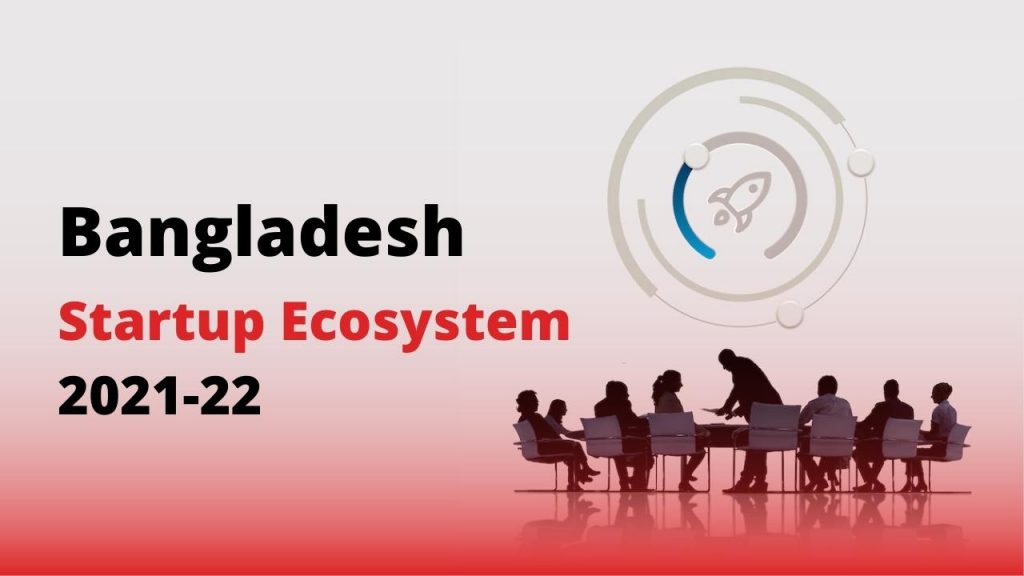While digital marketing is taking over, if traditional marketing still works out, then it must be guerilla marketing. In recent years, it has emerged as one of the most effective and widely accepted marketing trends across the world. As the name sounds interesting, you might wonder what Guerilla Marketing is.
Guerrilla marketing is a strategy to promote a brand in an unconventional way. The goal is to create a buzz about the brand or its products among potential customers. It often happens at a low or even no cost.
This article will provide more insight into guerilla marketing. Read forward to know how it emerged, its types, real examples of successful campaigns, and how you can use the tactic in your small business.
What Is Guerrilla Marketing, And How Does It Work?
In this section, we will dive into the concept of guerrilla marketing. Unlike traditional or conventional marketing, this phenomenon often relies on personal interaction. A brand targets small groups to promote its product in a specific location.
Connecting customers’ emotions is the key to guerrilla marketing. Thus it can reach a broader audience for free with its in-your-face or word-of-mouth tactics. However, one thing to note here is that guerilla marketing does not apply to all goods and services. Choosing the right time and location for a campaign is another key to this marketing strategy. It occurs in public places such as streets, sporting events, concerts, public parks, or shopping centers. It is often used to promote a brand among younger consumers as they are more likely to respond fast, having positive sentiments.
History of Guerrilla Marketing
In 1984, Jay Conrad Levinson first introduced the concept in his book titled ‘Guerrilla Marketing. In his book, Levinson suggests that campaigns need to create buzz, being unique, clever, and outrageous. He remarked, “The soul and essence of guerrilla marketing are achieving conventional goals, such as profits and joy, with unconventional methods, such as investing energy instead of money.”
However, Guerrilla Marketing emerged along the world’s shift toward digital marketing from traditional marketing. During the late 1980s and early 1990s, brands struggled as consumers were tired of boring intentional marketing campaigns. That’s precisely when Guerrilla Marketing came up with a significant change in the marketing concept. In this concept, the consumers do the marketing activities without their concern!
Types of Guerrilla Marketing
Now, as the concept of guerrilla marketing is clear, let’s dive into the breakdown of its types. As an effective marketing strategy, more and more new ideas emerged. Here are a few kinds of Guerrilla Marketing. Which one to choose? It would depend on your marketing budget and ideas.
1. Event Ambush Marketing
Event ambush marketing leverages the attention of the present audience attending an event that might be a sporting event, music gig, or anything with a public gathering. This type of marketing provides the desired result instantly on the spot. The event’s environment creates a unique opportunity for guerrilla marketing while people’s attentions are all at once.
A perfect example of ambush marketing is the epic, however controversial, the campaign of Stella Artois in the 2011 US Open tournament. The Belgian beverage maker installed 15 ads around the venue that read slogans like “The Top-Seeded Belgian,” “Your Trophy Awaits,” and “A Perfect Match.” The appearance was like an official sponsor despite not being so.
2. Astroturfing
Astroturfing is budget-friendly and effective, yet a bit more controversial tactic. The marketing strategy is named after Astroturf, an American company that sells artificial grass for sports pitches and training grounds. It’s because astroturf marketing uses fake endorsements for the brand.
A perfect example is McDonald’s paying around 1,000 customers to stand in line and pretend as if they couldn’t wait for the burgers. In modern marketing, the most common practice of this type of guerrilla marketing is creating hype with online forums. Individuals are also paid to leave positive reviews or comments on social media. Influencer marketing is a powerful way today to reach a vast audience. This, including affiliate marketing, falls under astroturf marketing. A severe drawback of astroturf marketing is that it may destroy the brand reputation primarily if it promotes something controversial or of bad quality.
3. Buzz Marketing
As the name suggests, the tactic is to create a buzz. It is also referred to as word-of-mouth marketing. It is opposite to astroturfing as it leverages genuine endorsements naturally and organically, often from celebrities or public figures. However, buzz marketing is often hard to generate as a naturally occurring phenomenon. Controversy marketing and Bizarre marketing are two types of buzz marketing.
4. Experiential Marketing
In experiential marketing, it is believed that consumers can participate in marketing campaigns. The brand emotionally attaches them to experience its growth and success. Coca-Cola set up a Virtual Reality (VR) setup during Zurich’s 1954 FIFA World Cup. It allowed bystanders to play a mini-game of soccer. This is an example of experiential marketing, how marketers can create interactive campaigns. However, this type of guerrilla marketing can be both affordable and costly. Gamification in marketing practice is a gossip topic these days, another example of experiential marketing.
5. Grassroots Marketing
Grassroots marketing is one of the most cost-effective, creative, and unconventional guerrilla strategies. It is suitable for small businesses. A brand targets a small customer base and expects them to spread its message to a larger audience. Understanding customers’ emotions are the key to this strategy. Because when they find a vision that aligns with theirs, they are more likely to share it.
6. Stealth Marketing
Stealth marketing is another low-cost strategy that advertises a product to someone without them realizing it. Its main goal is to create brand awareness, interest, and excitement. Product placement and undercover marketing are two ways of stealth marketing.
7. Street Marketing
Unlike the name suggests, street marketing is not only about placing a billboard ad or wall painting. In modern marketing, the concept offers to go even more creative and unconventional. Advertising materials at unexpected places on the streets would hold their attention for longer.
Guerrilla Marketing for Start-Up and Small Business
Guerrilla marketing can be very cost-effective for startups or small businesses as a budget-friendly strategy. Levinson identified that it is specifically geared toward small businesses and entrepreneurs. Though it could be a thing only for small businesses to grow, large companies like Mcdonald’s and Adidas also used it to find it compelling. Thus competition is there as always. So, you must come up with more creative and exclusive ideas to get the most out of them. Remember, the strategy may consume less from your wallet but enough from your watch.
All you have to do is to create a viral marketing phenomenon. Leave space for your audience to participate and interact, not just observe. For example, KitKat used a guerrilla marketing tactic last year and made a stand board with its tagline ‘Have a Break. Have a Kit Kat’ on it. Right at the place of the word ‘break,’ it made a gate and installed a swinging seat while people can take a break and rest!
Conclusion
Guerrilla marketing is undoubtedly a powerful marketing strategy. Its most impressive feature is being effective yet budget-friendly. Enterprises, especially startups and small businesses, should try this to take their brand to the next level.



